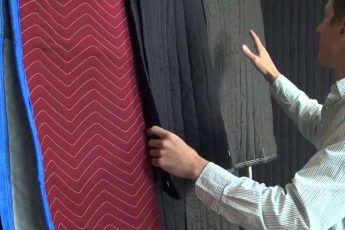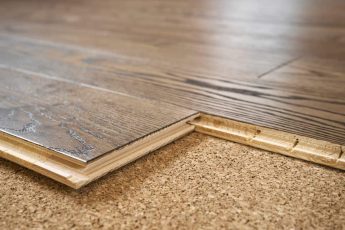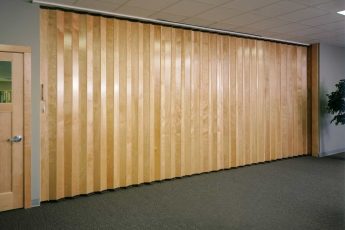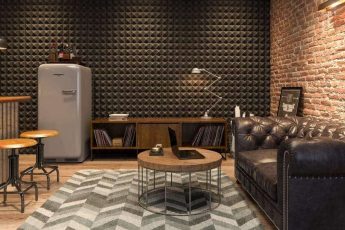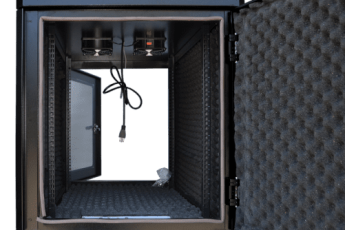The first step in eliminating bass noise from your apartment is to talk to your neighbors about the problem. They may be able to help you find ways to reduce the noise. In addition, you can use soundproofing techniques to make your apartment more soundproof. But before you try these techniques, you should know that they can be expensive and are not easy to achieve.
Fill cavity with dense fiberglass insulation
If you have problems with bass noise in your home, there are a few ways to mitigate it. First, you can decouple the wall structure from the sound-producing cavity. Bass waves are difficult to absorb and control. You can learn more about decoupling a wall structure from the sound-producing cavity in this simple video tutorial. Alternatively, you can also install resilient channels between drywall and studs. This will help isolate the drywall from the studs and also reduce bass noise.
Another effective method is to fill wall cavities with dense fiberglass insulation. This type of insulation is packed in a random pattern to prevent sound waves from escaping through the wall. It also effectively fills the space in the wall cavity to reduce reverberation and echo. You can also use QuietRock or mass-loaded vinyl.
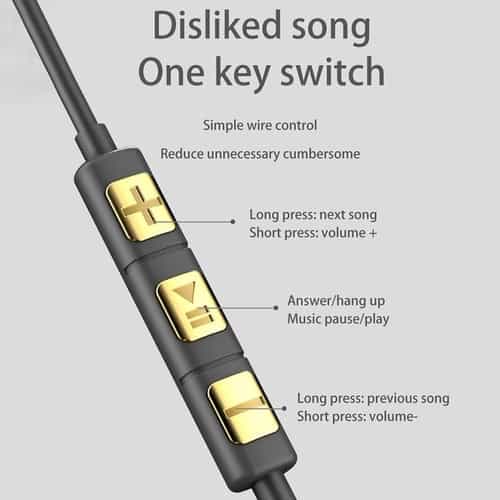
Choosing the right material for soundproofing a home is important. Fiberglass insulation comes in a variety of thicknesses and densities. Dense fiberglass insulation is more rigid and blocks more sound. As a result, it won’t create any gaps in the sound barrier. For better soundproofing, you should look for a density rating of at least 0.5 or greater.
Dampen door seals
If bass noise is a problem in your home, you can reduce it by installing dampening door seals. These are strips that cover gaps from the inside, and they are inexpensive. To reduce bass noise even further, you can also install acoustic foam panels on your doors. Soundproofing walls is another option, but it is time-consuming and requires tearing down the wall frame.
Isolation boxes
If you’re working on a bass project or just want to reduce bass noise, isolation boxes are a great way to go. They are designed with soundproofing in mind and should give you about 30dB of reduction. They also work by damping low frequencies, which is great for reducing bass noise.
Isolation boxes have a wide range of advantages. For example, they are cheap and can fit a standard guitar speaker cabinet. They can also be placed within a small microphone stand. You can also use gobo partitions or even enclose the box in a tent. An even more sophisticated option is to use an isolation booth, which is basically a small room that contains a single performer. This allows them to interact with the amplifier while blocking the rest of the band.

In addition to reducing bass noise, isolation boxes also improve the frequency response of studio monitors. This means that the sound you hear in the mix will sound clearer and more transparent. Although they may not be the best solution for everyone, they are ideal for people who work in the studio and want to get a more transparent frequency response.
In addition to isolation boxes, you can use isolation stands or isolation pads to elevate your speakers. This will prevent them from moving around and causing bass noise. These stands will also help to reduce mid-high and low-mid frequencies. These stands will also help eliminate bass traps in corners, which can be problematic.
Another option to reduce bass noise is to add soundproof curtains or blankets to your apartment. This way, the bass will not be able to travel through the house, reducing its effects.
Acoustic foam panels
Acoustic foam panels can be used to reduce bass noise in a room or a studio. Acoustic foam panels come in a variety of sizes and can be mounted between two horizontal walls or a side-wall and ceiling. This creates a large air gap behind the panels and helps absorb low-frequency resonances. These panels are effective in reducing bass noise in a small room and can be made at home with basic materials.

Acoustic foam panels are a cheap, effective way to block out unwanted echoes and reverberations. The panels fit in the stud cavities between the wood frames of walls, eliminating the gaps between drywall and wall studs. The panels are not only effective at reducing bass noise, they look great, too. If you don’t want to purchase acoustic foam panels, you can also use mass-loaded vinyl, which is thin and flexible and can reduce bass noise. The panels should be cut to size and overlapped by 2 inches for effective sound absorption.
Acoustic foam panels are effective at reducing bass noise because sound waves are absorbed and converted to heat. They work best if the foam is properly installed and sealed to avoid sound leakage. If the foam is not installed correctly, it is useless because it will not absorb sound very well. If you are not sure how to place the foam, hire a professional to help you. They will ensure that the panels work at their full capacity.
Acoustic foam panels come in different sizes and colors. They can be installed on walls and ceilings and can significantly reduce echoes and reverberations. They are available in many designs, including wedge-style and pyramid styles. In addition to foam, you can also use foam pillows to block noise in a room.

